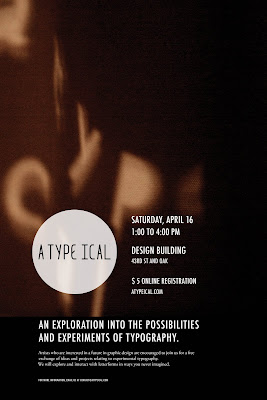Over spring break I developed a series of icons for the various activities that I want the caregivers to do everyday for 10 minutes or in a short manner. These activities have to be simple because they feel guilty about taking time for themselves , as well the can leave the person they care for alone. I decided on a print artifact because they don't have money and based on recent research that I have gather about these familial baby boomers caregivers the will be more interested in reading a pamphlet or book.



Different activities that I have arranged is to be in doors, above the list of activities that I have thought about are :
1. Take a 10 minute walk
2. Take a power nap
3. Make a call and talk to your friend/ on skype
4. Music
5. Garden work
6. Pray
7. Drink water and keep away from dehydration
8. Read/ meditate
9. Have a relaxing bath
10. Exercise
11.Have a healthy snack: fruits and vegetables
I been exploring the name: I been thinking of using the acronyms :
ADL: activities of daily living activities or CNA: Certified Nurse Aid. These are jargons that are used in the language of caregivers.

 The new cover, yet I still need to edit the icons and fix a few of them because they are reading so well at a smaller scale. I have also explored a new design for the calendar which now it has taken a horizontal design but is too large of scale I will like it to still be part of the booklet.
The new cover, yet I still need to edit the icons and fix a few of them because they are reading so well at a smaller scale. I have also explored a new design for the calendar which now it has taken a horizontal design but is too large of scale I will like it to still be part of the booklet.

















































